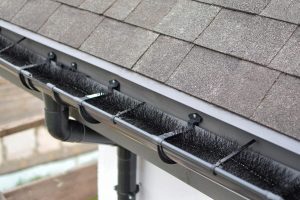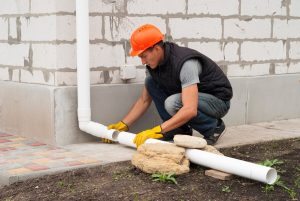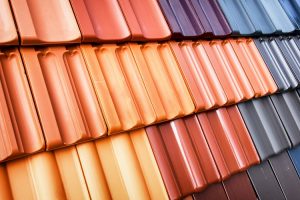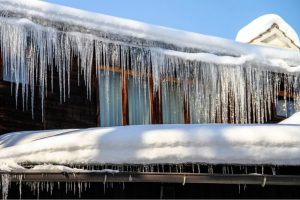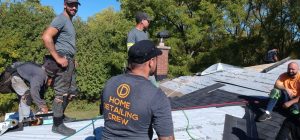Cedar Shake Siding VS Vinyl Siding: Is Cedar Siding Better Than Vinyl?
Sep 23, 2023
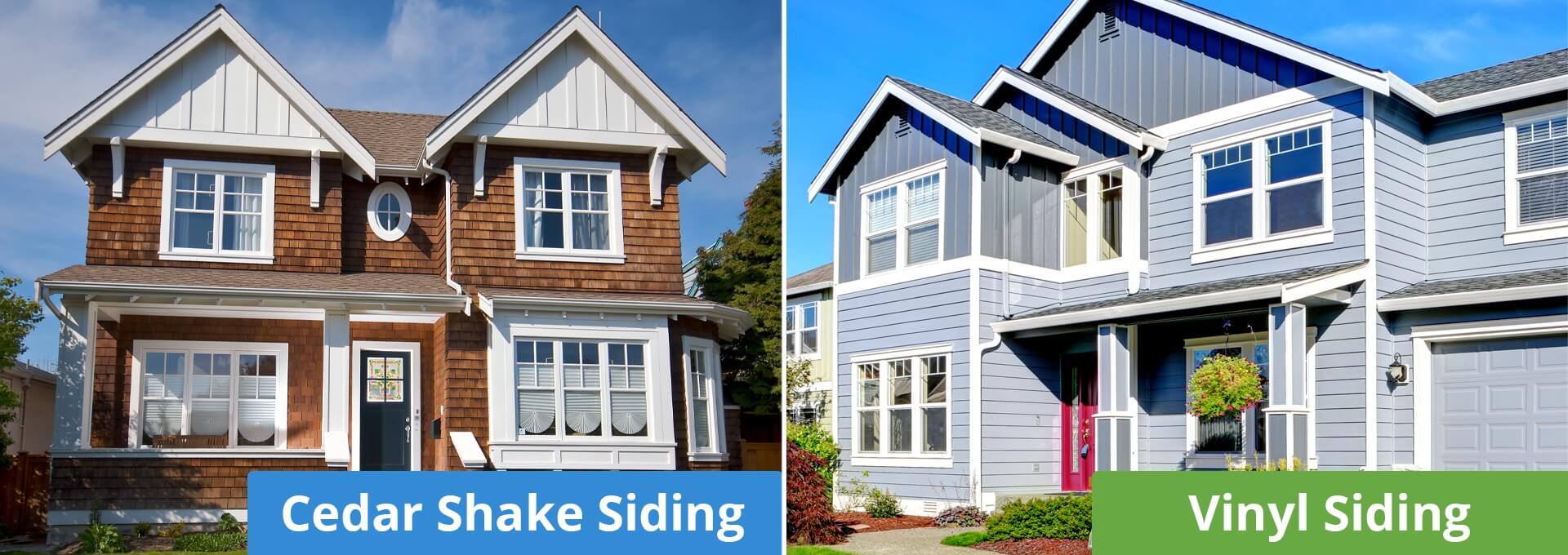
The value that siding adds to a property is underrated. Nonetheless, it has a big impact on people’s perception of the building the moment they see it. The exterior appearance contributes to the curb appeal and determines the offers you get when selling the house. The siding also protects the property from natural weather elements like wind and rain. Since vinyl and wood are the common types of siding, many homeowners wonder, is cedar siding cheaper than vinyl?
Comparing cedar shake vs. vinyl siding may not be easy. However, the disadvantages of one are usually the advantages of the other. For instance, cedar shakes may be superior, but they have higher purchase, installation, and maintenance costs. As such, it is better to factor in all considerations, including versatility, design options, durability, and prices, when choosing cedar vs. vinyl siding.
So, is cedar shake siding better than vinyl? This article from D’Angelo explores the practicality of each, together with the pros and cons, to help you answer that question.
What Is Vinyl Siding?
Vinyl siding has been around for the longest time, and it continues to be one of the favourites among property owners. This is because it has a significant impact on the curb appeal of any building where it is installed and is usually more affordable than wood siding.
What is vinyl siding made of?
This type of siding is usually made with plastic or PVC resin. Although it can protect the house from weather elements, it does not last as long as wood and tends to warp over time. On the other hand, it is easier to maintain, especially when quality finishes are used to increase its lifespan. It is also easier to install, making its lower cost one of its advantages over wood siding.
Another benefit of vinyl siding is its impact resistance. It can withstand extreme temperature changes but may warp with time. It also prevents insect infestation, unlike wood which is attractive to termites, beetles, ants, and insects. Its energy efficiency also increases when combined with rigid insulation.
So, how long does vinyl siding last? In most cases, vinyl can go up to 40 years without needing replacement. It will need occasional repainting during that time to maintain the original curb appeal. Most manufacturers also make vinyl siding very versatile by availing multiple design options. They are available in many colours and textures, with some mimicking wood. They also have different designs on their edges to make them more decorative and visually pleasant. You can coordinate the siding to match the soffits and fascia to create a uniform pattern on the house exterior.
The decision of vinyl siding, good or bad, is a personal one. You have to compare the pros and cons. Consider the climatic conditions in your area also to make that choice.
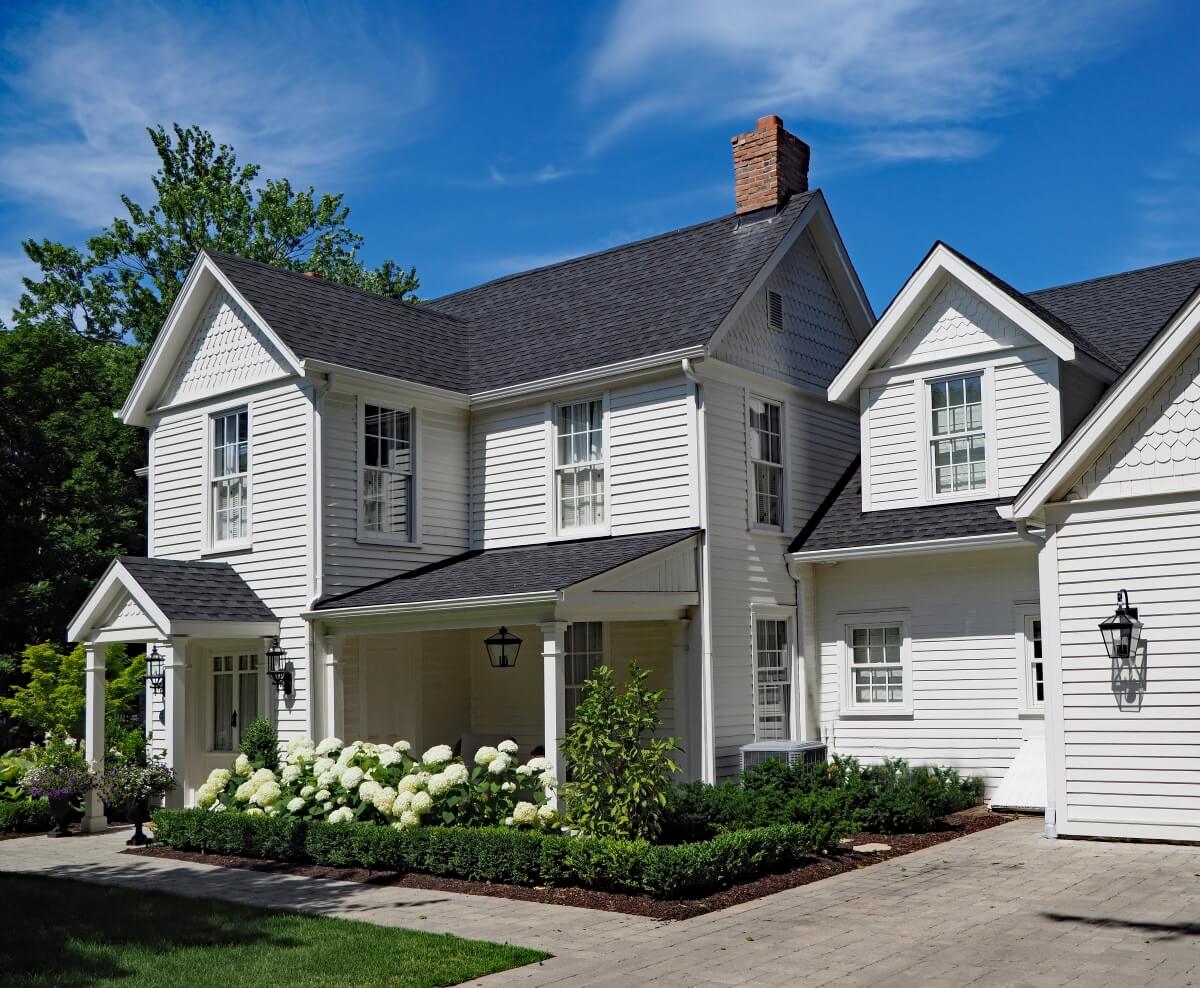
What is Cedar Siding?
Is cedar good for siding? That is a popular question among aspiring property owners and those looking for a way to spruce up their old buildings. Cedar has a naturally elegant appeal that makes it instantly attractive. It also blends with older architectural designs. However, compared to aluminum and vinyl, cedar siding is difficult to maintain. It requires a lot of time and money to maintain its initial appeal. It has to be repainted, re-sealed, and re-stained several times during its lifespan. Otherwise, it could become dry and warp, crack, become infested with insects, or start decaying. Some of the siding boards could also become loose because of wind, in which case, you must replace them immediately.
Despite these issues, most people who can afford to install wood siding still go for cedar instead of vinyl or aluminum, and for a good reason. The cedar siding is customizable to form multiple styles. The siding made with natural cedar is also a more environment-friendly option. Its impact resistance capacity makes it a good option, especially among architects and engineers.
When it comes to how long does cedar siding last, the answer differs with every person. It can last between 20 to 40 years, but the longevity could be more depending on the level of maintenance.
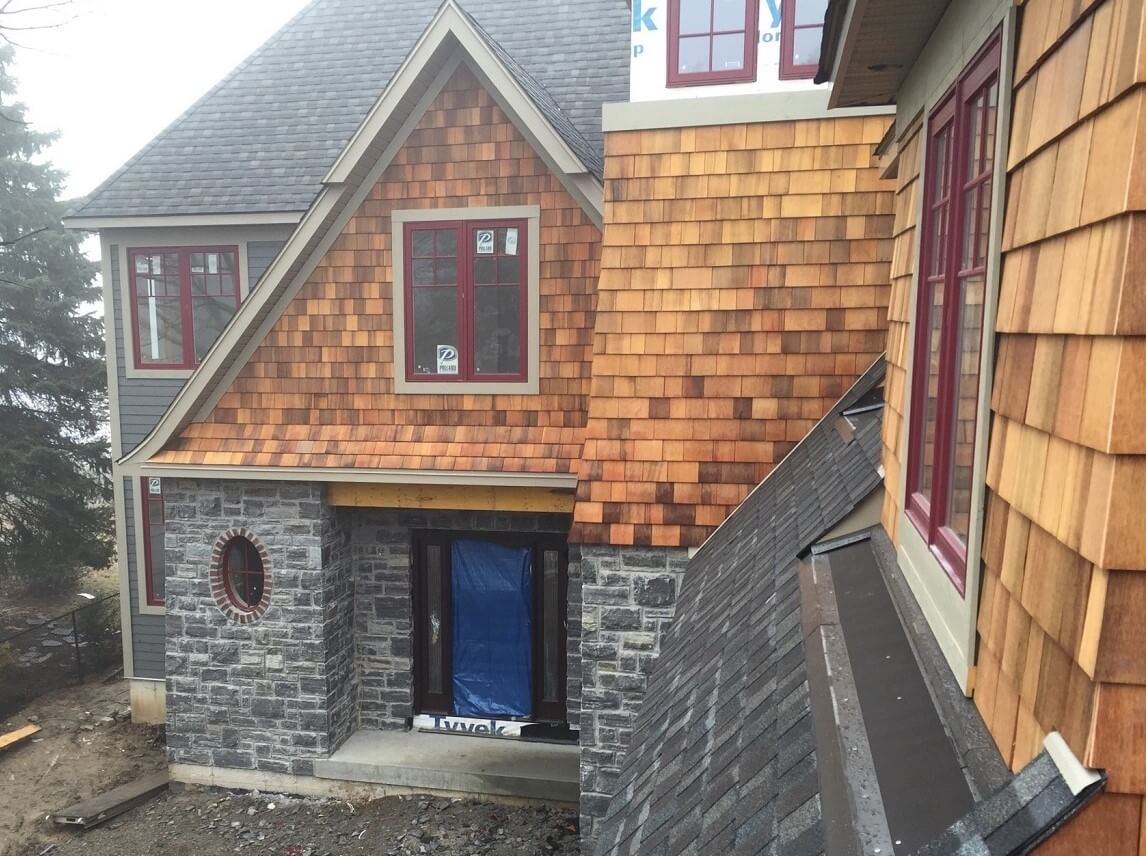
What Are the Main Differences Between Vinyl and Cedar Siding?
Is cedar shake siding better than vinyl? Both cedar and vinyl sidings serve the purpose of protecting the home, but their differences are hard to ignore. Their contrasts are visible in various ways, including their appearance, energy-saving capacity, and siding installation complexities.
Vinyl comes from engineered material that is lighter and easier to maintain and use. It is also cheaper. Initially, it could degrade quickly, but advancements in manufacturing have made it one of the most durable sidings. It is also visually attractive.
Cedar siding has natural resilience to elements like rain. It is more expensive and valuable than vinyl. Its natural elegance can also improve the property value more. However, it is more costly and challenging to maintain.
We explore the differences between cedar shake vs. vinyl siding in detail below.
Cedar VS Vinyl Siding: Which One is Better in Terms of Appearance?
Both cedar and vinyl siding can improve the aesthetic appeal of any property significantly. Each of them is attractive and is available in various styles. However, they have distinctions that can help you select and personalize your home.
Although vinyl siding is also versatile, cedar shakes have more design options that increase their versatility. The boards are available in various sizes, which allow installation in multiple patterns, including shiplap styles. The cedar shingles can also look great when placed in irregular patterns. In comparison, vinyl planks do not come in variations, which limits installation options.
Vinyl siding can be textured to look like wood grains, giving them more styles in appearance. However, Cedar siding does not have the same colour options like vinyl, limiting the installation styles. In addition, both of them have to be coated, with cedar requiring frequent re-sealing to remain in perfect condition.
Cedar siding has a more subtle appearance because of its natural appeal and the installation method. Unlike vinyl that must be installed in an overlapping manner, cedar is more concealed.
Is Vinyl Siding More Energy Efficient Than Cedar Shake Siding?
Each material has better energy efficiency when used with an insulation layer. Without one, cedar is a little more efficient than vinyl, with an R-value ranging between 0.81 to 0.87. This range is still too low, considering the recommended R-value should be 13. If vinyl siding is used with rigid insulation, its R-value increases to a maximum of 4.
It is important to note that using vinyl to block rain only does not allow the application of insulation. Instead, a foam panel should be placed underneath the siding for optimal energy conservation. That shows that vinyl can become more efficient than cedar panels, but the latter can still shield from natural elements. Therefore, neither should be used in place of an insulation layer.
Cedar Shake VS Vinyl Siding: Which One is Easier To Install?
Working with cedar siding is more challenging than vinyl, which has a more straightforward installation process. They can remain in place even without the use of fasteners, apart from the lowest row that must be nailed in position. Vinyl is more versatile and can be used with available siding or on newly constructed properties. Its ability to work with rigid insulation increases its value and makes it more resistant to impact. The ease of installation is the reason most people looking for DIY solutions choose vinyl. Even inexperienced personnel can handle the material, thanks to its low learning curve. However, you must know the transitional components used during the process to ensure perfection.
In comparison, cedar must be sanded, sealed, and nailed to remain in position. The process takes longer to complete and requires higher precision and more labour force. Some types of cedar work with existing siding, but others do not. The installation also requires that you replace flashing and trim around the house. In some cases, you may have to use a wrap to improve resistance to moisture damage or air infiltration. Cedar siding will also need regular re-coating to maintain resistance to water and insects.
Is Cedar or Vinyl Siding Cheaper?
When it comes to cedar impressions cost vs. vinyl siding, the maintenance cost must be considered in addition to the installation charges when considering the cheaper material. All factors considered, vinyl is cheaper than cedar siding. Its initial purchase price is lower, and using it is not complicated, which reduces the costs further. It is available in numerous colours and styles and does not need extensive preparation before placement.
Cedar shingle siding cost comparison shows that the material is more expensive than the most high-end vinyl. Additionally, it will have to be re-coated during its lifespan to renew its appearance. Installation is more challenging and time-consuming, which increases the charges. The cost to replace cedar siding with vinyl is lower than that of any other type of wood.
How Durable Is Vinyl Siding Compared to Cedar Siding?
When it comes to durability, cedar and vinyl siding differ according to the experience of each person. In places with extreme weather changes, cedar performs better than vinyl. However, the material requires constant maintenance to retain its appeal. You must apply a sealant regularly to prevent warping, cracking, rotting, and insect infestation. Leaving the natural wood unprotected attracts woodpeckers and other animals. Under favourable weather, vinyl lasts longer, even without an extra layer of coating. Typically, vinyl siding lasts between 40 to 60 years, while cedar lasts between 20 to 40 years, depending on the maintenance level.
You should note that both materials are highly flammable, which means they can quickly spread fire in case of an outbreak. Because of that, homeowners should invest in fire protection measures or consider other siding materials. Also, consider the climatic conditions in your area and the amount of money you are willing to spend on maintenance when choosing between the two siding materials.
Cedar VS Vinyl Siding: Insects and Sound Performance
Like any other wood siding, cedar is susceptible to insect attacks. That is more likely to happen without treatment before installation. The engineered plastic used to make vinyl makes it less appealing to pests and insects. It is less likely to be infested, but potential gaps make it vulnerable and leave room for the insects to penetrate and settle on the wood panels used inside the walls. If that happens, it will be difficult to notice the damage until it becomes too extensive and expensive to repair.
When it comes to sound performance, none of the siding materials are soundproof. That means they do not influence the magnitude of the noise that reaches the house. However, installing insulation materials like foam under the siding can reduce the noise in the house. It is more effective than placing vinyl or cedar siding panels on both sides of the wall. Cladding the house with ICF can also be effective in sound reduction.
How Vinyl Siding Is Different From Cedar Shake Siding When it Comes To Environment
Originally, vinyl was a low-quality material that could easily crack and warp when exposed to external temperature fluctuations. However, improvements in the manufacturing processes have made them some of the most durable materials suitable for use outside. Now they are naturally resistant to weather elements and moisture.
From all the wood siding options, cedar is one of the most durable. However, it is susceptible to damage by birds, pests, and insects that naturally get attracted to wood. Without staining or painting, it is also vulnerable to destruction by weather changes.
Although vinyl can be made with recycled plastic, cedar is a more environmentally friendly option. Its impact on the ecosystem is lower compared to vinyl because of harvesting under forest protection plans. Manufacturing vinyl also releases dangerous elements to the environment, making cedar a safer alternative to the environment. Leftover materials or plastic can remain in minefields for too long before the recycling process is over.
Vinyl Siding or Cedar Siding – Resale Value Might Make the Difference
Replacing the siding on a property can add significant value to it. However, it only works when you choose the best material. According to a report, replacing the siding can create up to 76% return on investment during the house resale.
Vinyl and cedar siding has the potential of adding value, but it depends on your location. In some regions, vinyl may be more valuable, and in others, cedar is better. Consider the amount of work involved in installation and maintenance of either according to the weather conditions that may affect the material before installing one.
Pros and Cons of Vinyl Siding and Cedar Shake Siding
Vinyl Siding
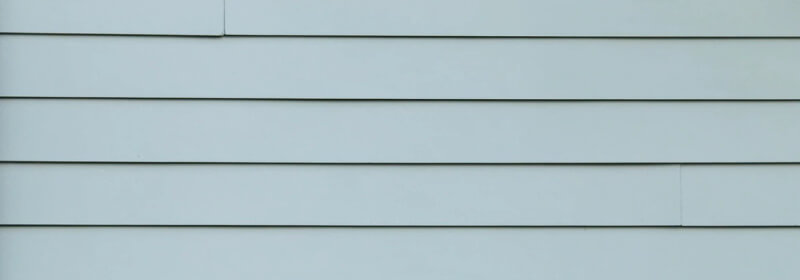
Advantages
- The installation process is straightforward
- Minimal maintenance, which lowers the cost
- Vinyl siding can be used without painting
- Numerous design options are available
- Naturally resistant to moisture
- It works with rigid insulation like foam
- Longevity is at least 40 years
- Less vulnerable to pest and insect damage
- More affordable
Disadvantages
- It can crack in winter when it is cold
- May melt under high temperatures
- An increase in resale value is not guaranteed
- Not as eco-friendly as wood
- Installation options limit designs
Cedar Shake Siding
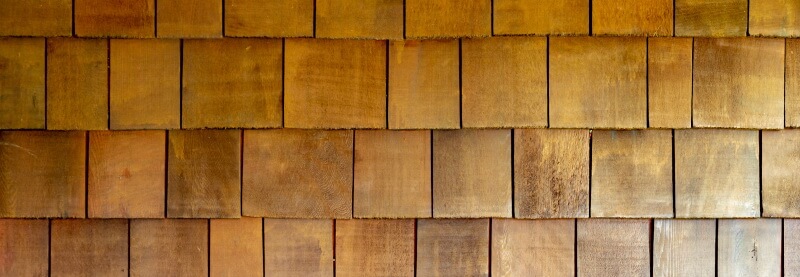
Advantages
- Multiple designs for better aesthetic appeal
- Installation options are many
- Can withstand fluctuating temperatures
- It has a high chance of bringing returns on investment
- It can last at least 20 years
- It is a better environment-friendly option
Disadvantages
- It can be destroyed by insects
- It requires a lot of maintenance
- Painting and scraping are mandatory
- Adding insulation is more challenging
- It can be damaged by moisture
- It is more costly and difficult to handle during installation
Cedar VS Vinyl: What to Choose?
Is cedar shake siding better than vinyl? Not really. Looking into cedar vs. vinyl siding shows that each has its advantages and disadvantages that are worth taking seriously when choosing them. Factors like maintenance, vulnerability to weather elements like wind, sun, and water, and flammability can all be used to distinguish cedar shake vs. vinyl siding. In addition, they show that you may have to compromise to have one. The pros of one are the cons of another. That means you may have to consider another siding material like aluminum or fibre cement if you cannot compromise.
What about the costs – is cedar siding cheaper than vinyl? No. The price of purchasing, installing, and maintaining cedar is higher than that of vinyl siding.
